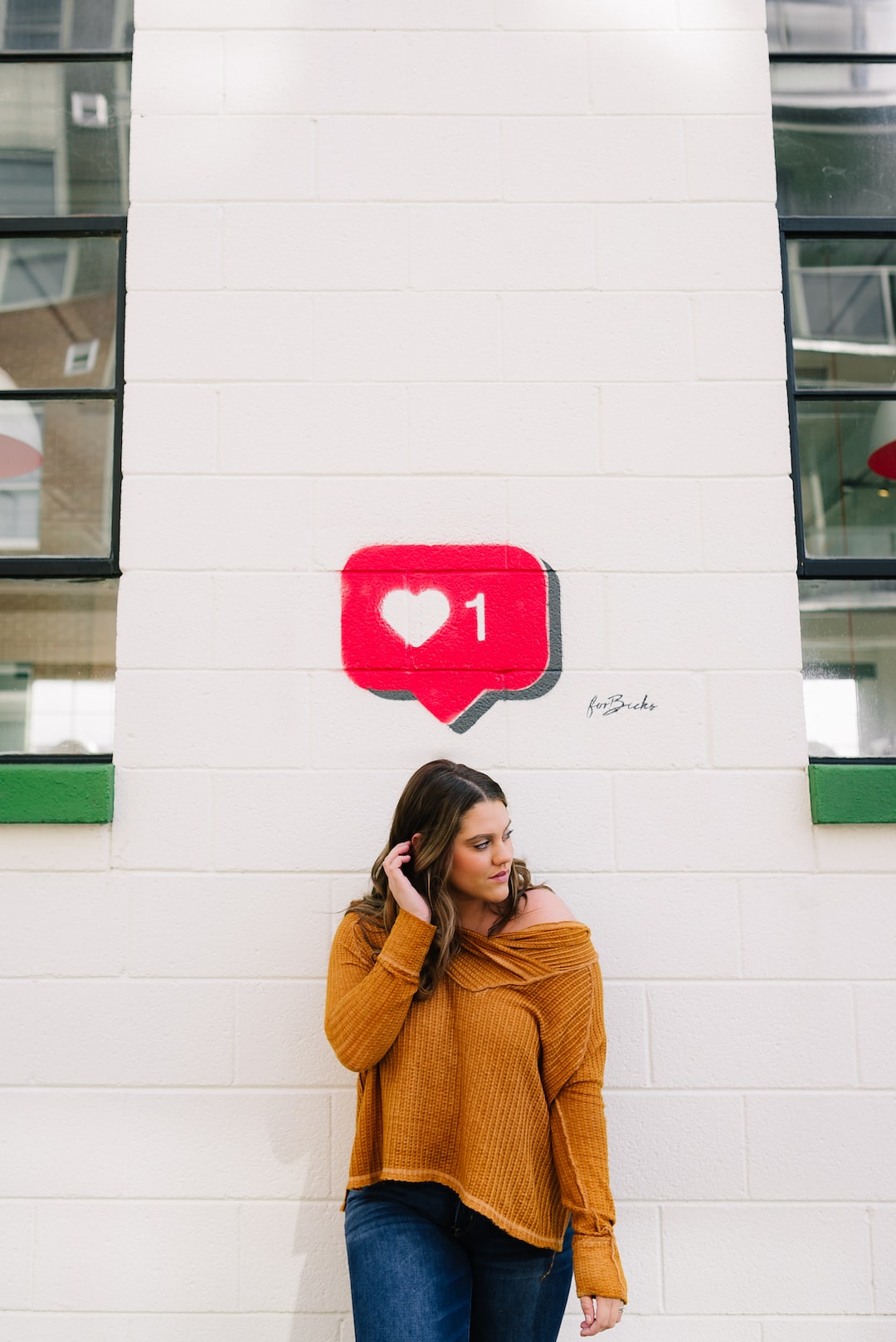In today’s digitally connected world, social media has become an integral part of our daily lives. It has greatly influenced various industries, including travel and tourism. With the rise of platforms like Facebook, Instagram, and Twitter, people now have access to a plethora of information and inspiration that can help them plan their next getaway. In this blog post, we will delve into the influence of social media on travel and tourism, and how it has changed the way we explore the world.
One of the most significant impacts of social media on travel is the way it has democratized the industry. Traditionally, travel and tourism were dominated by large tour operators and travel agencies who had the resources to market and promote destinations. However, social media has leveled the playing field, empowering individuals and smaller businesses to showcase their experiences and offerings to a global audience. Now, anyone with a smartphone and an internet connection can become a travel influencer, sharing their adventures and recommendations with the world.
Social media has also revolutionized the way we plan our trips. Gone are the days when we relied solely on travel agents or guidebooks for information. Now, we turn to social media platforms to gather recommendations and insights from fellow travelers. Whether it’s searching for the best restaurants in a foreign city or finding hidden gems off the beaten path, social media has become our go-to source for travel inspiration and research. Hashtags like #wanderlust or #travelgram allow us to discover new destinations, while geo-tagged posts provide real-time information about a place’s popularity and current events.
Furthermore, social media has transformed the way we share our travel experiences with others. Instead of mailing postcards or creating photo albums, we now upload our vacation pictures and videos to platforms like Instagram and Facebook. This not only allows us to keep our friends and family updated on our adventures but also acts as a visual diary for us to revisit and reminisce. Additionally, the allure of likes and comments encourages us to curate our content and showcase the best parts of our travels, fueling wanderlust in others.
The influence of social media on the travel and tourism industry can also be seen in marketing strategies. Destinations and tourism boards are now allocating a significant portion of their budgets to digital marketing, focusing on creating captivating content and engaging with potential tourists through social media. By collaborating with travel influencers, hosting Instagram-worthy events, or promoting user-generated content, tourism organizations are able to raise awareness and attract visitors to their destinations. In fact, a study conducted by Destination Analysts found that 79% of millennials’ travel decisions are influenced by user-generated content on social media.
However, with the increased reliance on social media, there are also some drawbacks. The pressure to create the perfect picture or have a certain number of followers can lead to a distorted representation of reality. In some cases, social media can create unrealistic expectations or contribute to overtourism, where popular destinations become overcrowded and lose their authenticity. It is essential for travelers to remember that social media is just a snapshot and that there is much more to a destination than what meets the eye on Instagram.
In conclusion, social media has had a profound impact on travel and tourism. From planning trips and sharing experiences to marketing destinations and shaping travel trends, it has transformed the way we explore the world. While there are both positive and negative aspects to its influence, there is no denying that social media continues to shape and evolve the travel industry, connecting people from different corners of the globe and inspiring them to embark on new adventures.
